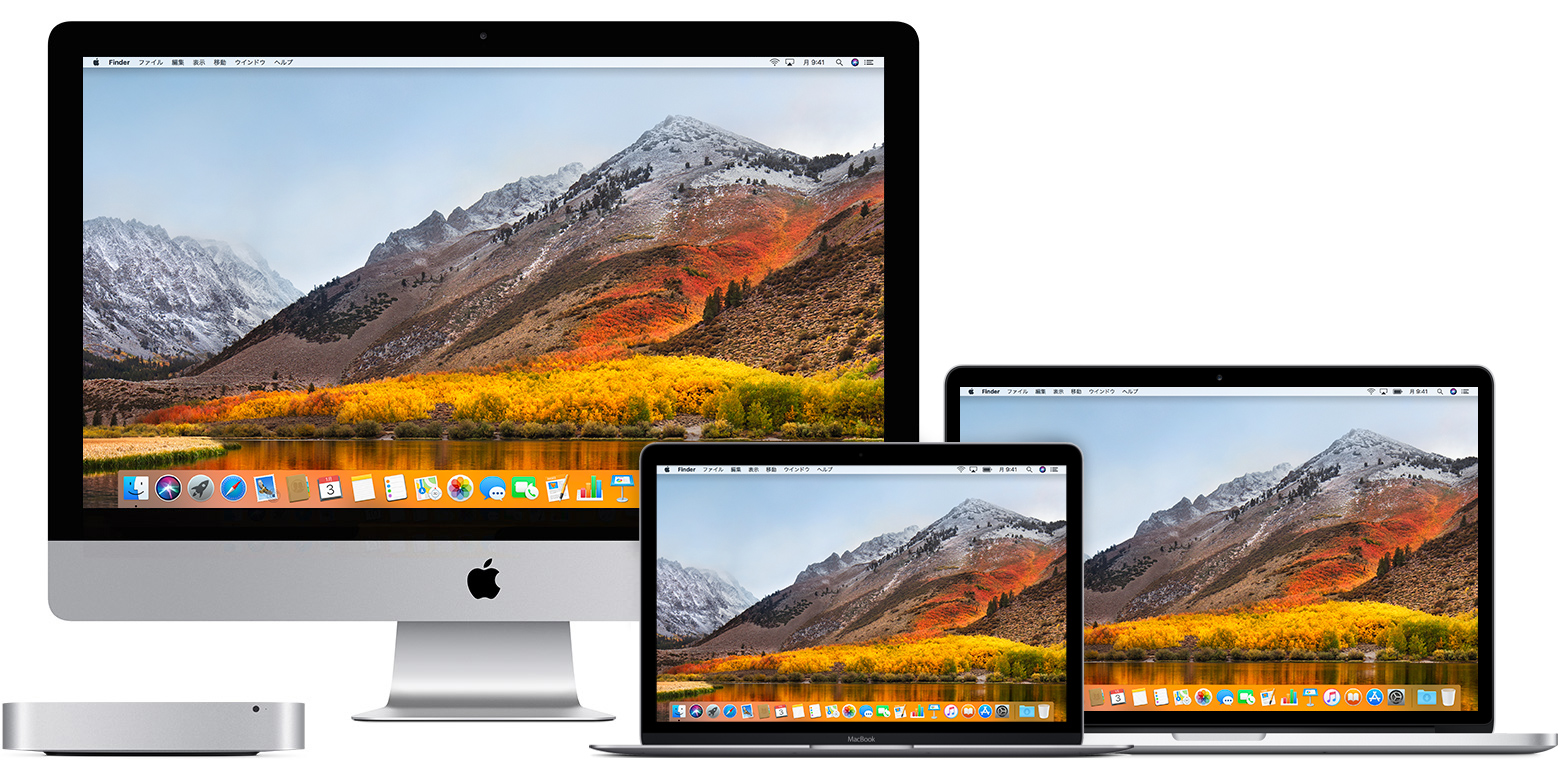Because of the need for graphics cards that support Metal with Mojave, the list is even shorter than it was with macOS High Sierra and that rules out the Late 2009 MacBook, the Mid-2010 MacBook Pro, Late 2010 MacBook Air, Mid-2010 Mac mini, and Late 2009 iMac.
To get the latest features and maintain the security, stability, compatibility and performance of your Mac, it's important to keep your software up to date. Apple recommends that you always use the latest macOS that is compatible with your Mac.
Find out how to upgrade to macOS Big Sur, the latest version of macOS.
- The oldest MacBook Air, Mac mini, and iMac which can upgrade to Mojave shipped with 10.8, Mountain Lion. The oldest MacBook Pro which can upgrade to Mojave shipped with 10.7, Lion. The oldest MacBook had Mac OS X 10.10 installed.
- MacOS Mojave Compatibility List of Supported Macs Apple has said that any Mac introduced in mid-2012 or later will support macOS Mojave, along with the 2010 and 2012 Mac Pro models if they have a Metal capable GPU.
Check compatibility
If a macOS installer can't be used on your Mac, the installer will let you know. For example, it may say that it's too old to be opened on this version of macOS, or that your Mac doesn't have enough free storage space for the installation.
To confirm compatibility before downloading, check the minimum requirements for macOS Catalina, Mojave, High Sierra, Sierra, El Capitan or Yosemite. You can also find compatibility information on the product-ID page for MacBook Pro, MacBook Air, MacBook, iMac, Mac mini or Mac Pro.
Make a backup
Before installing, it's a good idea to back up your Mac. Time Machine makes it simple, and other backup methods are also available. Find out how to back up your Mac.
Download macOS
It takes time to download and install macOS, so make sure you're plugged into AC power and have a reliable Internet connection. Seagate program for mac.
Safari uses these links to find the old installers in the App Store. After being downloaded from the App Store, the installer opens automatically.
- macOS Catalina 10.15 can upgrade Mojave, High Sierra, Sierra, El Capitan, Yosemite or Mavericks
- macOS Mojave 10.14 can upgrade High Sierra, Sierra, El Capitan, Yosemite, Mavericks or Mountain Lion
- macOS High Sierra 10.13 can upgrade Sierra, El Capitan, Yosemite, Mavericks or Mountain Lion
Safari downloads the following older installers as a disk image named InstallOS.dmg or InstallMacOSX.dmg. Open the disk image, then open the .pkg installer inside the disk image. It installs an app named Install [Version Name]. Open that app from your Applications folder to start installing the operating system.
- macOS Sierra 10.12 can upgrade El Capitan, Yosemite, Mavericks, Mountain Lion or Lion
- OS X El Capitan 10.11 can upgrade Yosemite, Mavericks, Mountain Lion, Lion or Snow Leopard
- OS X Yosemite 10.10can upgrade Mavericks, Mountain Lion, Lion or Snow Leopard
Install macOS
Follow the onscreen instructions in the installer. It may be easiest to start the installation in the evening so that it can be completed overnight, if needed.
If the installer asks for permission to install a helper tool, enter the administrator name and password that you use to log in to your Mac, then click Add Helper.
Please allow the installation to finish without putting your Mac to sleep or closing its lid. Your Mac may restart, show a progress bar or show a blank screen several times while macOS and related firmware updates are being installed. Windows emulator for mac free download.
Learn more
You may also be able to use macOS Recovery to reinstall the macOS you're using now, upgrade to the latest compatible macOS or install the macOS that came with your Mac.
At WWDC today, Apple officially introduced macOS 10.14 Mojave with new features such as dark mode, HomeKit support, and much more. Now that the first developer beta of the release is available, we know which Mac devices will support the new release…
Apple says that macOS 10.14 is supported on every Mac from 2012 or newer. This means the company is dropping support for 2009, 2010, and 2011 models, with the exception of select Mac Pro models.
macOS 10.14 supports:
- MacBook (Early 2015 or newer)
- MacBook Air (Mid 2012 or newer)
- MacBook Pro (Mid 2012 or newer)
- Mac mini (Late 2012 or newer)
- iMac (Late 2012 or newer)
- iMac Pro (2017)
- Mac Pro (Late 2013, plus mid 2010 and mid 2012 models with recommend Metal-capable GPU)
Apple notes, however, that support for 2010 and 2012 Mac Pro models won't be available right off the bat – instead that support will come 'in an upcoming beta.'

Which Macs Support Mojave Dmg
Apple's reasoning for dropping the older Mac devices likely relates to the Metal GPU technology, which requires more powerful graphic capabilities.
For comparison's sake, here are the Mac variants that were supported when macOS 10.13 High Sierra was released last year:
- Late 2009 iMac or newer
- Late 2009 MacBook/MacBook (Retina) or newer
- Mid-2010 MacBook Pro or newer
- Late 2010 MacBook Air or newer
- Mid-2010 Mac Mini or newer
- Mid-2010 Mac Pro or newer
- 2017 iMac Pro
For more on the changes in macOS 10.14, be sure to read our full announcement post right here.
Which Macs Support Mojave County
Be sure to stay tuned to our continually updating news hub for all of the latest news out of WWDC 2018.
FTC: We use income earning auto affiliate links.More.

